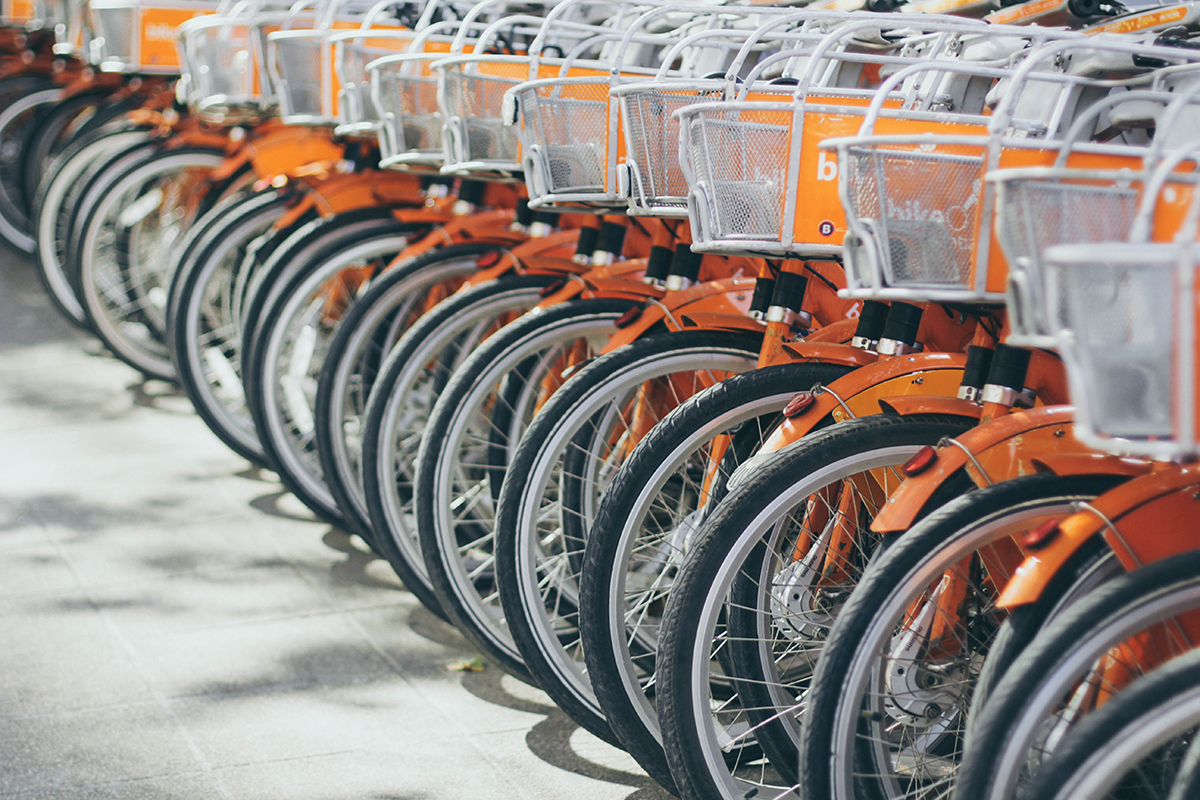
The Value of Mobility-As-A Service for Cities
novembre 19, 2018 — The Big Picture
What is MaaS
The concept of Mobility-as-a-Service (“MaaS”) seeks to integrate various physical transportation services (i.e. bikeshare, public transit, car-share, ride-hailing, etc.) with a single or multiple digital platform(s) that can plan and manage the entire user journey. It presents a new approach to how transportation services are provided and used. MaaS is intended to improve the efficacy of and access to urban mobility through the combination of new transportation services and online platforms. MaaS brings travel information in front of people and moves us towards an era where driving is no longer the fastest, or even the cheapest, way to get from A to B.
Impacts of MaaS
MaaS is more than a business model or profit machine for private companies, it has a profound impact to the trip market, and not all impacts are positive. For example, research has shown that MaaS can reduce vehicle ownership and vehicle kilometres driven, and complements public transit and active transportation: Martin et al. shows for every car2go vehicle, between seven and 11 private vehicles were removed from circulation and reduced household vehicle kilometres travelled (VKT) among subscribers [1]. Hall et al. indicate Uber is likely to be a complement for public transit in larger cities and those with stronger rail-based networks [2].
Other research has indicated contrasting results, in that MaaS may not necessary reduces vehicle ownership nor vehicle kilometre travelled. In some cases, studies found that MaaS may increase urban congestion, draw people from using public transit and reduce the amount of active transport [3, 4, 5, 6].
The impacts associated with MaaS depend on the nature of the trip being served and the type of the service provided. Overall there is a small evidence base to date, meaning that impacts need to be interpreted with caution, and especially in keeping with the regional context of interest.
Without further guidance from policymakers, regulators and planners, there is some question as to whether the promise of MaaS can deliver net positive impact, particularly if deployment results in increased numbers of low occupancy vehicles, and/or reduces public transit ridership and city walkability.
Value proposition of MaaS and their trade-offs
MaaS deployment and outcomes vary by region and are influenced by socio-economics and demographics, overall trip patterns and the quality/coverage of existing public transit systems. Deployment is also affected by the availability and quality of the regional communications infrastructure, such as the availability of real-time data to support transit planning and services.
In the MaaS ecosystem, there are four major players: vendors (providers of both service and platform), transit agencies, other government stakeholders and consumers. The attributes include the types of services (or functionality) available and the technologies that enable these to be consumed.
The perception of the value proposition of MaaS varies from one group to another and sometimes involves trade-offs between the interests of different groups. The following factors affect MaaS value creation and the nature of trade-offs between different agents within the MaaS ecosystem:
- Urban socioeconomics and socio-demographics, including relative population heterogeneity, employment and the costs of travel in proportion to household/personal income.
- The regulatory environment or constraints under which service vendors are required to operate.
- Maturity of public transit systems, especially the extent to which they are road- or rail-based and their expanse across a particular region.
- Quality of transit journeys, including the legibility of the system, travel speed and time, price point and comfort.
- The size and density of cities, as well as the distribution/concentration of land-use intensity.
- The characteristics of alternative mobility services offered and the sustainability of these business models; MaaS can add incremental value to existing networks but sometimes requires subsidy.
MaaS is a relatively new area in the trip market and its impact is yet to be fully understood. There are areas of joint value and thus of opportunity, particularly when serving certain segments of the trip market such as health care delivery and/or evolution of the user base to be more inclusionary. Collaborative models or operating frameworks have not yet consistently emerged, which is complicated by the baseline of uncertainty and jurisdictional variability.
This piece draws from the original report by Arup and MaRS
References
1. Martin E, Shaheen S. Impacts of Car2Go on vehicle ownership, modal shift, vehicle miles traveled, and greenhouse gas emissions: an analysis of five North American Cities. Transportation Sustainability Research Center, UC Berkeley. 2016.
2. Hall JD, Palsson C, Price J. Is Uber a substitute or complement for public transit? 2017.
3. Clewlow RR. Carsharing and sustainable travel behavior: Results from the San Francisco Bay Area. Transport Policy. 2016;51:158-64.
4. Clewlow R, Mishra G. Disruptive Transportation: The Adoption, Utilization, and Impacts of Ride-Hailing in the United States. Institute of Transportation Studies, University of California. Davis, Research Report UCD-ITS-RR-17-07; 2017.
5. Gehrke S. A Survey of Ride-Hailing Passengers. 2018.
6. Schaller B. Unsustainable? The growth of app-based ride services and traffic, travel and the future of New York City. Report by Schaller Consulting, Brooklyn NY. 2017.